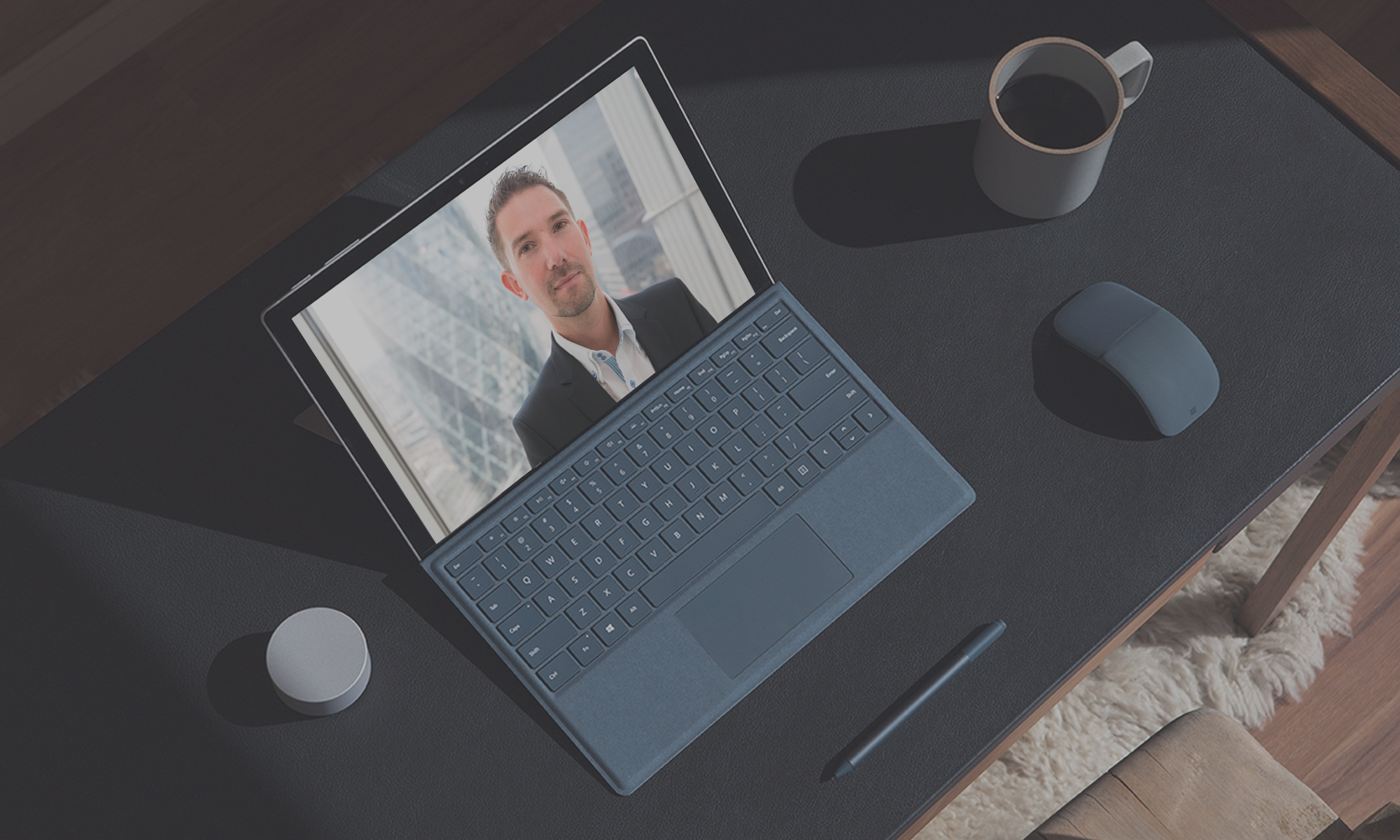Microsoft announced today that they are rebranding Windows Virtual Desktop (WVD) to Azure Virtual Desktop (AVD).
In the annoucement, Microsoft also said that a number of new enhancements (some of which have gone into public preview from today) are coming, which are part of the wider and longer term vision and the changing needs of customers. In the annoucement Microsoft said that the COVID19 pandemic has resulted in organisation moving rapidly to Windows Virtual Desktop for “secure, easy to manage, productive personal computing experience with Windows 10 from the cloud”.
Improved Azure AD Support
Azure Virtual Desktop will support the ability for users to domain join their virtual desktops directly to AAD using just their credentials. They are also fully removing the need for organisations to need Windows domain controller allowing Azure AD as the only or primary authoritive directory service.
Azure Virtual Desktop will also add further support for secure sign on and single sign on, bringing support for smart cards and FIDO2 keys
Another feature now out in public preview is the ability to enroll and manage Windows 10 Enterprise multi-sessions virtual machines through Endpoint Manager just like admins would for physical machines. This further improves the process of managing both physical and virtual desktops using the Endpoint Manager admin center.
Enhanced Endpoint Manager support.
Microsoft have said they are also adding support for IT to be able to automatically enroll these virtual machines using Microsoft Endpoint Manager (formerly Intune), bringing a much more “streamlined” deployment and management experience.
Also coming soon (and in public preview from today) is the ability to be able to enroll and manage Windows 10 Enterprise multi-sessions virtual machines through Microsoft Endpoint Manager in the same way that physical devices are managed today. This closes the management gap and streamlines the process of managing both physical and virtual desktops using the same Endpoint Manager experience.
New QuickStart Experience
Microsoft said that new deployment onboarding experience which will be available soon (in preview first naturally). This is designed to help organisations initiate fully automated deployments from the Azure portal using just a simple wizard style process.
New “per user” pricing model
Yes.. As it pricing and license wasn’t complicated enough, there are new pricing options coming for organisation to leverage Azure Virtual Desktop VDI and streamed applications in the form of a true SaaS based model.
To make this simpler, Microsoft have announced a new monthly per-user pricing
This new pricing will launch on January 1st, 2022, and will be $5.50 per user per month for apps, and $10 per user per month for apps plus desktops.
A launch promo will mean organisations will be able to use Azure Virtual Desktop for streaming first-party or third-party applications to external users at no cost from July 14, 2021, to December 31, 2021, after which they will need to keep paying for the underlying Azure infrastructure.
You can read about the pricing options here.















